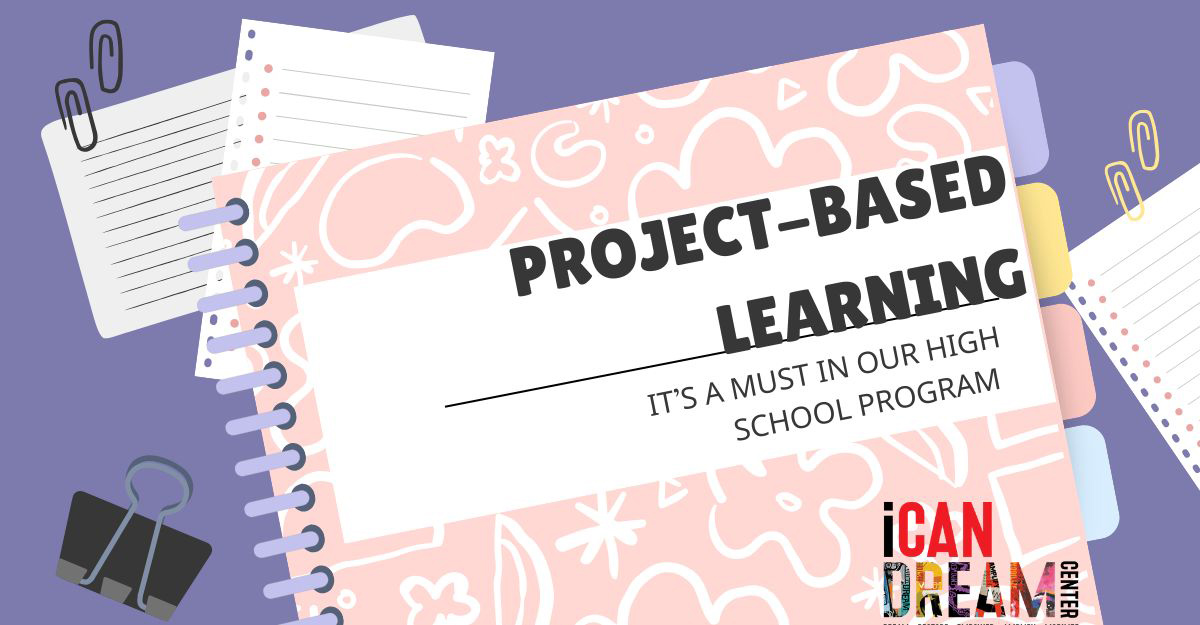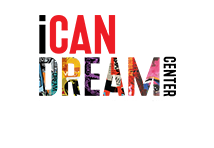
Why Project-Based Learning Works Well for At-Risk Youth
Project-based learning gives students a reason to learn. For youth who have struggled in traditional classrooms — often because of learning differences, trauma, or negative past experiences — PBL offers something different: relevance, ownership, and success they can see and feel.
Here’s why it’s so effective:
- It makes learning meaningful.
Instead of abstract worksheets, students engage in real-world challenges — like designing a community garden, building a business plan, or analyzing a “crime scene.” They see how what they’re learning matters beyond the classroom. - It builds confidence and competence together.
Many at-risk students have been told (or shown) that they “can’t.” PBL flips that script. They can plan, test, create, and present. Finishing a project gives them tangible proof of their ability — something no test score can replicate. - It nurtures teamwork and belonging.
Collaboration is built in. Students learn to communicate, solve problems together, and celebrate each other’s strengths. For young people who may feel disconnected, this sense of community is everything. - It connects to career and life skills.
Through projects, students develop critical thinking, creativity, communication, and perseverance — the exact skills they’ll need for employment and adulthood. They learn how to learn. - It engages multiple intelligences.
PBL taps into different learning styles — visual, kinesthetic, interpersonal — making success accessible for students with IEPs or unique learning needs.
Project-based learning doesn’t just teach academics. It restores hope, relevance, and self-belief.
It tells at-risk youth: Your ideas matter. You can solve real problems. You belong here. In our high school program, that is essential to ensuring students like to come to school. It ensures they gain access to how learning can spark career discoveries and gives students the confidence they need to find their place in the world.
